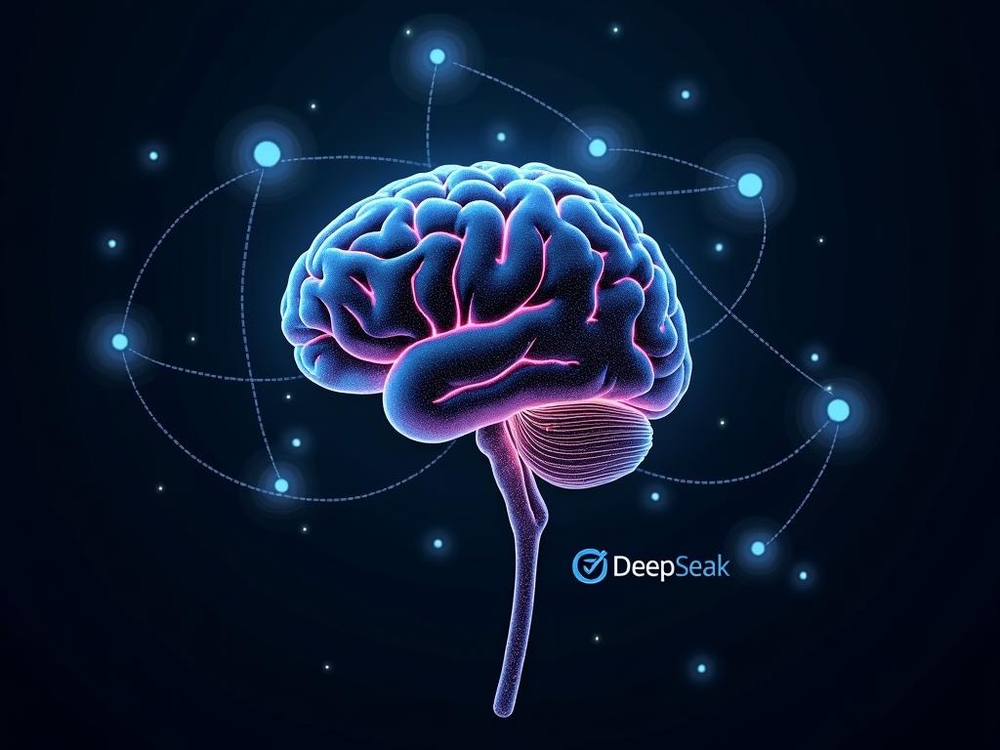Published
- 3 min read
DeepSeek Open-Sources AI Model: Impact & Benefits

Open up and say, ‘Ahhh’
DeepSeek goes beyond “open weights” AI with plans for source code release
Chinese AI firm, DeepSeek, is making waves. They announced an exciting new step. Soon, they’ll make more of their AI code open to the public. This means more than just sharing data. They’re planning to release five open-source repositories starting next week.
In a recent blog post, DeepSeek shared plans for their “Open Source Week.” Every day, they’ll release parts of their code. This code has been tested and used in real settings. They believe sharing it can help everyone move forward faster in AI.
DeepSeek is in sharp contrast with OpenAI. OpenAI’s popular ChatGPT models are still closed. They keep their code private. This move by DeepSeek might make their tools more accessible, drawing in more users and researchers.
How deep does the open-source release go?
DeepSeek started with what’s known as an “open weights” model. This means they made available the data showing connections between AI neurons. Users can adjust these parameters for more tailored applications, using additional data.
This “open weights” method is used by others, like Google’s Gemma, Meta’s Llama, and Stability AI’s Stable Diffusion. They typically offer code to help with responses to queries too.
It’s uncertain if DeepSeek will share the training code. This code is vital for meeting Open Source Initiative’s definition of true open-source AI. It would let skilled folks build similar systems or tweak them as needed. Sharing it could show if there are biases or limits in the model’s core design.
This move could mean even smaller companies or individual developers can tweak DeepSeek’s tools to fit their needs. It opens up new possibilities for innovation and customization.
Comparing open-source strategies
DeepSeek’s move to greater transparency contrasts with other big players. Google’s Gemma, Meta’s Llama, and Stability AI’s Stable Diffusion share some of their code, but often keep the deepest layers private. On the other hand, DeepSeek’s wider release could allow more innovation but might pose challenges, like maintaining and securing open-source projects long-term.
This push toward openness is a major shift. Proprietary systems have been the norm. Now, more firms are considering open-source as a competitive strategy. The big question is, what happens if all the major AI companies choose to open their systems? Could it change how AI tools are developed and shared?
Impact on users and researchers
For users and developers, this is big news. Individuals and small firms might benefit the most. They can use DeepSeek’s open-source code to create new applications or improve existing ones. It lowers the barrier to entry greatly, allowing more innovation from smaller players.
Researchers get to dive deeper into the system’s mechanics. They can understand what makes DeepSeek tick. Having access to the code helps identify biases or inefficiencies, making the tech better for everyone in the long run.
What happens next?
As more AI firms open their tools, the industry landscape could shift. If everyone shares their deepest AI secrets, how might that change competition? Could it accelerate innovation, leading us to new breakthroughs faster?
In fact, why did DeepSeek decide to open source their AI model? DeepSeek believes that openness accelerates progress. By sharing their work, they invite countless developers to build upon it. It creates a collaborative environment, pushing boundaries further collectively. This mindset is about building momentum together, rather than keeping everything behind closed doors.
In summary, DeepSeek is setting an interesting example for the industry. They’re pushing for more transparency in AI. As more firms follow suit, we might just see rapid progress in artificial intelligence. Keep an eye out for what’s next. The future of AI development could be a more open and collaborative one.